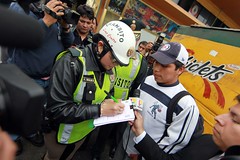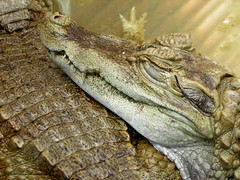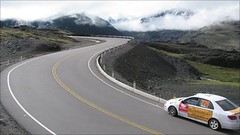Barranco
Not far from the village of Surco and some way from the city of Lima was the fishing village of Barranco. Time passed and Barranco became a small town popular with Lima’s elite – many of whom decided to build large lavish houses there.
For a while Barranco was named the City of Windmills as each home in the area had a windmill on its property to pump water from wells. More time passed and Barranco became a popular seaside resort coping with an influx of rich Limeños and foreigners building country homes there. Many of the foreigners at this time, around the late 1700’s, were British and German. Still, despite increased development into the 1800’s the town was an calm oasis in the desert, with sufficient supplies of water and trees to be seen everywhere. It was peaceful – but not for long.
In 1881, Chile had decided to annex huge areas of profitable land from Bolivia and Peru to avoid paying taxes for the Chilean mining companies that operated there. After isolating Bolivia and destroying it’s economy, the Chilean Army moved up the Peruvian coast, burning every city they came across. They reached Barranco and burnt it to the ground and moved on to Surco doing the same. The town was rebuilt and surviving buildings restored, including the Iglesia de la Ermita, which the Chileans almost destroyed forever.
It wasn’t long before this invasion the Barranco’s status changed. The growing city of Lima had swelled to incorporate other seaside towns such as Magdalena del Mar and Miraflores. Now Barranco too, joined with Surco, was declared a district of Lima.
I’ve mentioned the British influx to Barranco, but one Briton in particular influenced the look and feel of the area. In 1891 a British businessman named John Mathison donated an area of his land to build a promenade, the Malecón de los Ingleses, after the dozens of British families that lived in the area with their British-style houses. Mathison also built an wooden staircase down to the beach, with handrails made of leftover trans-Atlantic telegraph cables. At the bottom of the stairs, there was a huge wooden doorway onto the beach (There was no road along the beach as there is today). All this was destroyed in 1940 when an earthquake struck, destroying a number of houses and most of the malecón.
Photos –
Tags: barranco, chile, colonial, lima, war of the pacific










